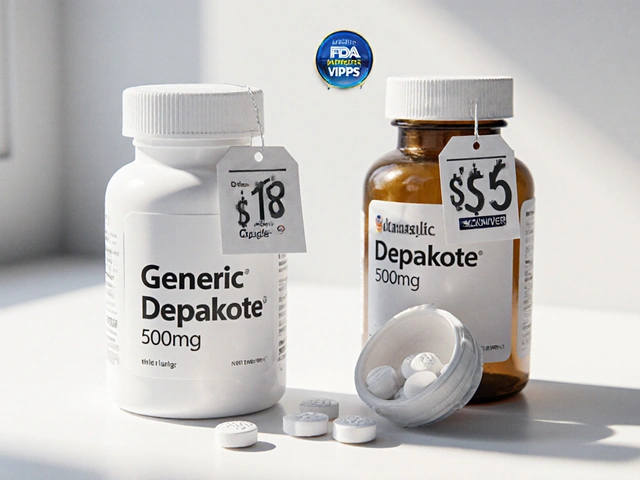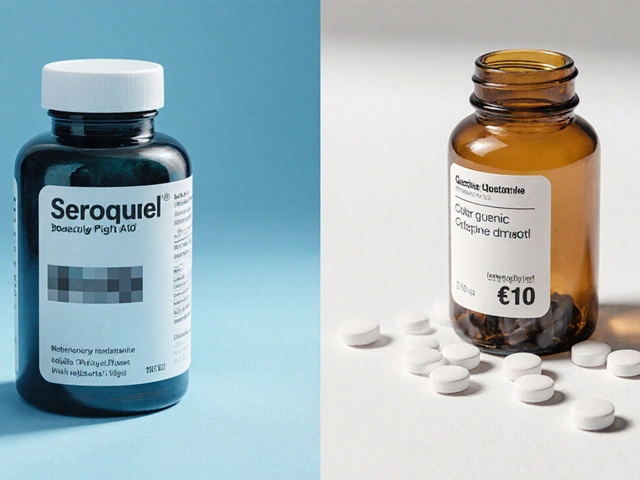Inflammation Explained: What It Is and How to Calm It
We all hear the word “inflammation,” but many think it only means a sore knee or a red spot. In reality, inflammation is the body’s alarm system. When something irritating – an infection, an injury, or even a stress hormone – shows up, the immune system sends blood, cells, and chemicals to the area. The result is redness, heat, swelling, and pain. Those signs are useful because they tell you something’s wrong, but if the response sticks around too long it can damage tissue and keep you feeling crummy.
There are two main types of inflammation. Acute inflammation lasts a few days and is the classic reaction to a cut or a bug. Chronic inflammation can linger for weeks, months, or even years and is linked to conditions like arthritis, heart disease, and some skin issues. Knowing which one you’re dealing with helps decide the right approach.
Quick Over‑the‑Counter Fixes
If you need fast relief, non‑prescription anti‑inflammatories are a solid first step. Drugs like ibuprofen (Advil, Motrin) and naproxen (Aleve) lower the chemicals that cause swelling. They work well for headaches, muscle aches, and minor joint pain. Just follow the label – don’t exceed the daily limit and avoid them if you have stomach ulcers or kidney trouble.
Sometimes doctors prescribe stronger options. For example, Skelaxin (Metaxalone) helps relax muscles and cut down pain that comes from inflammation in the back or shoulders. Flomax (tamsulosin) isn’t an anti‑inflammatory per se, but it eases urinary symptoms that can be worsened by prostate inflammation. If you’re already taking meds like these, talk to your pharmacist about any interactions before adding new pain relievers.
Natural Ways to Keep Inflammation in Check
Food and lifestyle play a huge role. Omega‑3 fatty acids found in salmon, walnuts, and flaxseed can dial down the inflammatory response. Swap out sugary drinks and processed snacks for fresh fruits, veggies, and whole grains – they’re packed with antioxidants that help balance the immune system.
Herbs such as turmeric (curcumin) and ginger have been used for centuries to soothe swollen joints. A simple way to try them is adding a teaspoon of turmeric powder to a smoothie or sipping ginger tea after meals. If you prefer supplements, look for a high‑quality curcumin extract that includes black pepper for better absorption.
Movement is another underrated tool. Light aerobic exercise, like walking or cycling, boosts circulation and helps clear out inflammatory chemicals. Stretching and yoga can improve joint flexibility, reducing the mechanical stress that often sparks inflammation.
Sleep matters, too. Poor sleep raises cortisol, a stress hormone that can keep inflammation active. Aim for 7‑9 hours of consistent, restful sleep each night. If you’re having trouble, create a dark, cool bedroom and shut off screens at least an hour before bed.
Finally, manage stress. Chronic mental stress releases cytokines that act like inflammatory messengers. Techniques like deep breathing, meditation, or even a short walk can lower those levels and give your body a break.
When inflammation feels out of control, or if you notice persistent pain, swelling, or stiffness, it’s wise to see a healthcare professional. They can run tests, pinpoint the cause, and suggest targeted treatments – whether that’s a prescription drug, a physical therapy plan, or a combination of both.
Bottom line: inflammation is a normal alarm, but it doesn’t have to run forever. Combining smart over‑the‑counter choices, natural habits, and professional guidance can keep the fire down and get you back to feeling good faster.

Pyridoxine (Vitamin B6) for Arthritis: Can It Ease Joint Pain and Inflammation?
- By : Archer Hamilton
- Date : Aug 31 2025
Curious if vitamin B6 helps arthritis? See what the evidence says, safe doses, who might benefit, UK 2025 guidance, and how to try it without risky side effects.





